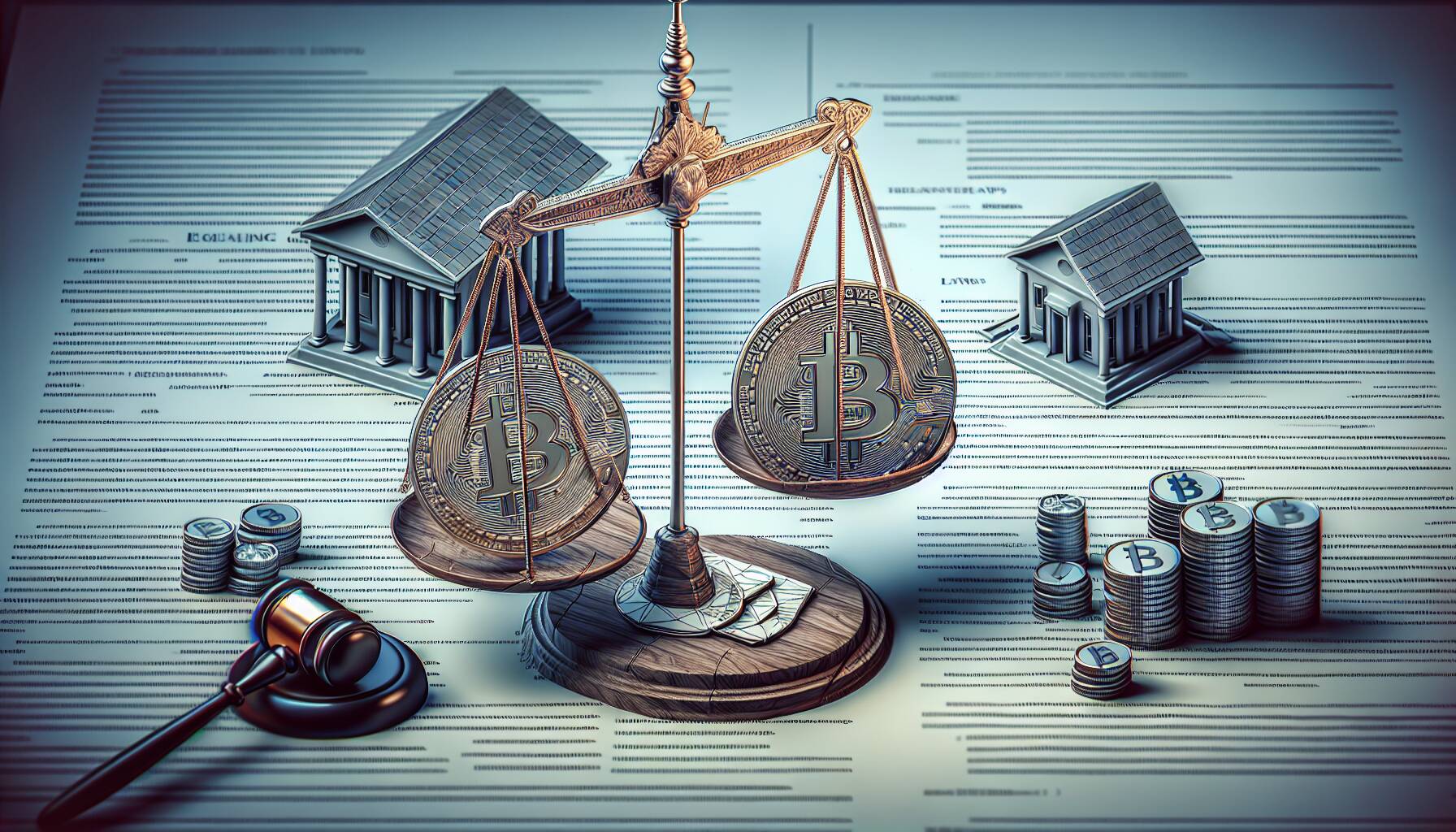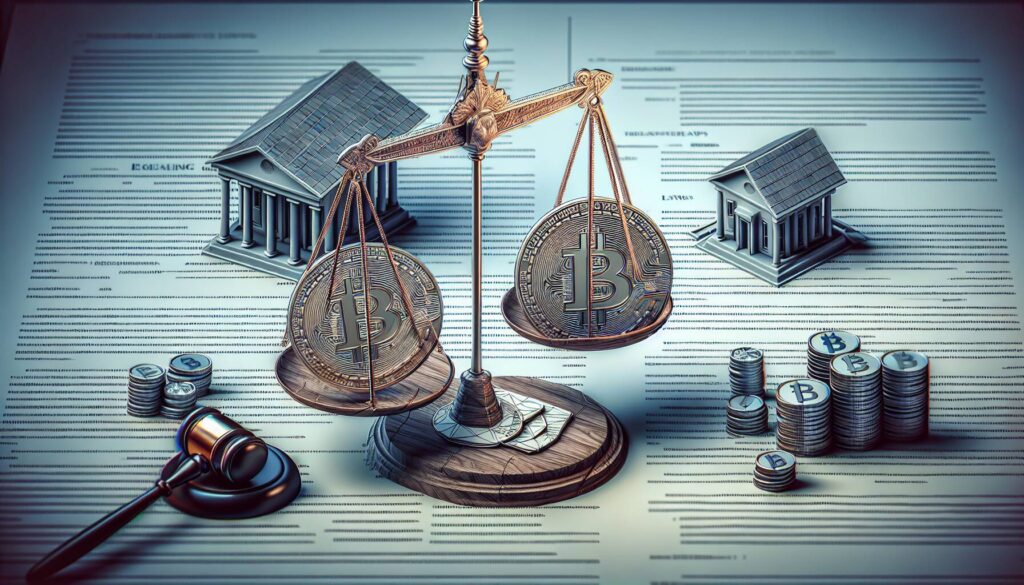In an important development for the cryptocurrency landscape, the U.S. House of Representatives is set to receive the actual text of a significant bill aimed at regulating stablecoins. This unveiling is expected to happen on Wednesday, as noted by Rep. Bryan Steil, a Republican lawmaker leading the crypto subcommittee within the House Financial Services Committee. His remarks came during an event in Washington, where he emphasized the urgency of aligning the House’s efforts with a parallel initiative already making headway in the Senate.
Both legislative bodies are focused on establishing a framework for the issuance of stablecoins—digital tokens typically pegged to the value of stable assets like the U.S. dollar. One of the key challenges that lawmakers have faced is determining how these issuers should be regulated at both the state and federal levels. As reported, the upcoming House markup session should happen “in the very near future,” allowing members to debate amendments and move the bill closer to a full House vote.
“We now have a very different political landscape,” Steil remarked, citing improved cooperation across party lines and a supportive environment for pro-crypto legislation.
The effort to regulate stablecoins is a narrower legislative push compared to broader measures that would govern the entire digital assets market in the U.S., which are generally more complex. However, there appears to be a clear momentum within Congress this session, with Steil optimistic about moving these discussions forward. He mentioned the potential for a hearing on the broader market-structure bill as early as April.
The active dialogue in Washington reflects a shifting relationship between lawmakers and the cryptocurrency sector, with increased participation from various senators and House representatives noted at the event hosted by the Digital Chamber. There is an emerging bipartisan movement not only around stablecoins but also regarding legislation aimed at addressing an Internal Revenue Service rule that targets decentralized finance (DeFi), signaling a growing recognition of the importance of this industry as it continues to evolve.

Regulation of Stablecoins in the U.S. Congress
The current developments in the U.S. Congress regarding stablecoin legislation have various implications for readers, especially for those involved in the cryptocurrency market, investors, and consumers.
- Upcoming Legislation:
- The U.S. House of Representatives is expected to debate a bill on regulating stablecoins, with the text to be unveiled soon.
- This legislative move aims to establish clear guidelines for stablecoins, which are digital tokens pegged to stable assets, primarily the U.S. dollar.
- Senate Parallel Effort:
- The Senate has already advanced its own version of stablecoin legislation, indicating a coordinated effort between both chambers of Congress.
- There is a focus on resolving how issuers of stablecoins will be regulated by both state and federal agencies.
- Previous Congressional Actions:
- Last session, a similar stablecoin bill cleared the House but faced hurdles in the Senate.
- This indicates previous bipartisan interest in stablecoin regulation, which may affect current legislative momentum.
- Broader Crypto Regulation:
- In addition to stablecoins, there is legislation in the pipeline to govern the overall functioning of digital asset markets.
- This bill is considered more complex but is seen as having potential momentum in the current political climate.
- Impact on the Crypto Industry:
- The pro-crypto stance in the House combined with strong bipartisan support might make it easier for cryptocurrency regulations to pass.
- Connections between Congress and the crypto industry, evidenced by industry events with senators and representatives, suggest increasing engagement and influence.
- IRS Rule Changes:
- There is also bipartisan support for changing an IRS rule that currently targets decentralized finance (DeFi), which could reshape the tax landscape for crypto enterprises.
- This aligns with the broader movement towards creating a more favorable regulatory environment for crypto innovation.
Comparative Analysis of U.S. Stablecoin Legislation Efforts
The ongoing efforts in the U.S. House of Representatives to regulate stablecoins represent a significant milestone in cryptocurrency legislation, positioning itself against various parallel initiatives in the Senate. A key driving force behind this initiative is Rep. Bryan Steil, who aims to ensure that the House’s regulatory framework aligns with the Senate’s progress. This competitive edge stems from a proactive approach to engage lawmakers and industry stakeholders early in the legislative process, potentially leading to a more synchronized regulatory environment.
One of the primary advantages of this House legislation is its focus on creating a streamlined, manageable oversight process for stablecoins, which could foster innovation without stifling growth. By emphasizing a bipartisan approach, where both parties recognize the importance of digital assets, the House’s proposal could cultivate wider acceptance and accelerate the legislative timeline compared to previous sessions. In contrast, the Senate’s more complex market-structure bill may face hurdles given its inherently broader scope and the political intricacies surrounding it.
However, challenges remain for this House initiative. The historical difficulty of passing stablecoin regulation in the Senate indicates that while a unified legislative front is hoped for, political divides could still derail or delay progress. For lawmakers aiming to bridge the gap between state and federal oversight of stablecoin issuers, the intricacies involved in balancing regulation with innovation can create a complex web that is tough to navigate. This could lead to frustration among stakeholders, especially in an industry that thrives on agility and rapid evolution.
Stakeholders in the crypto industry should view these developments cautiously. While the bipartisan support and willingness to collaborate signal a promising framework for future expansion, the risk of overregulation still looms large. Companies that operate within the stablecoin space may find themselves at a crossroads, needing to adapt quickly to emerging regulations while also pushing for the least restrictive measures possible. This regulatory framework could create challenges for startups or smaller operations that may lack the resources to comply with rigorous oversight effectively.
Moreover, as the House and Senate seek to harmonize their approaches, the potential for confusion and disparate regulations across different states could hinder market growth. Companies that operate nationally may experience complications due to varying compliance requirements, which could create operational inefficiencies and elevate costs. Nevertheless, for consumers and investors, clearer regulations could foster a safer market environment, reducing the risk associated with digital asset investments.
















